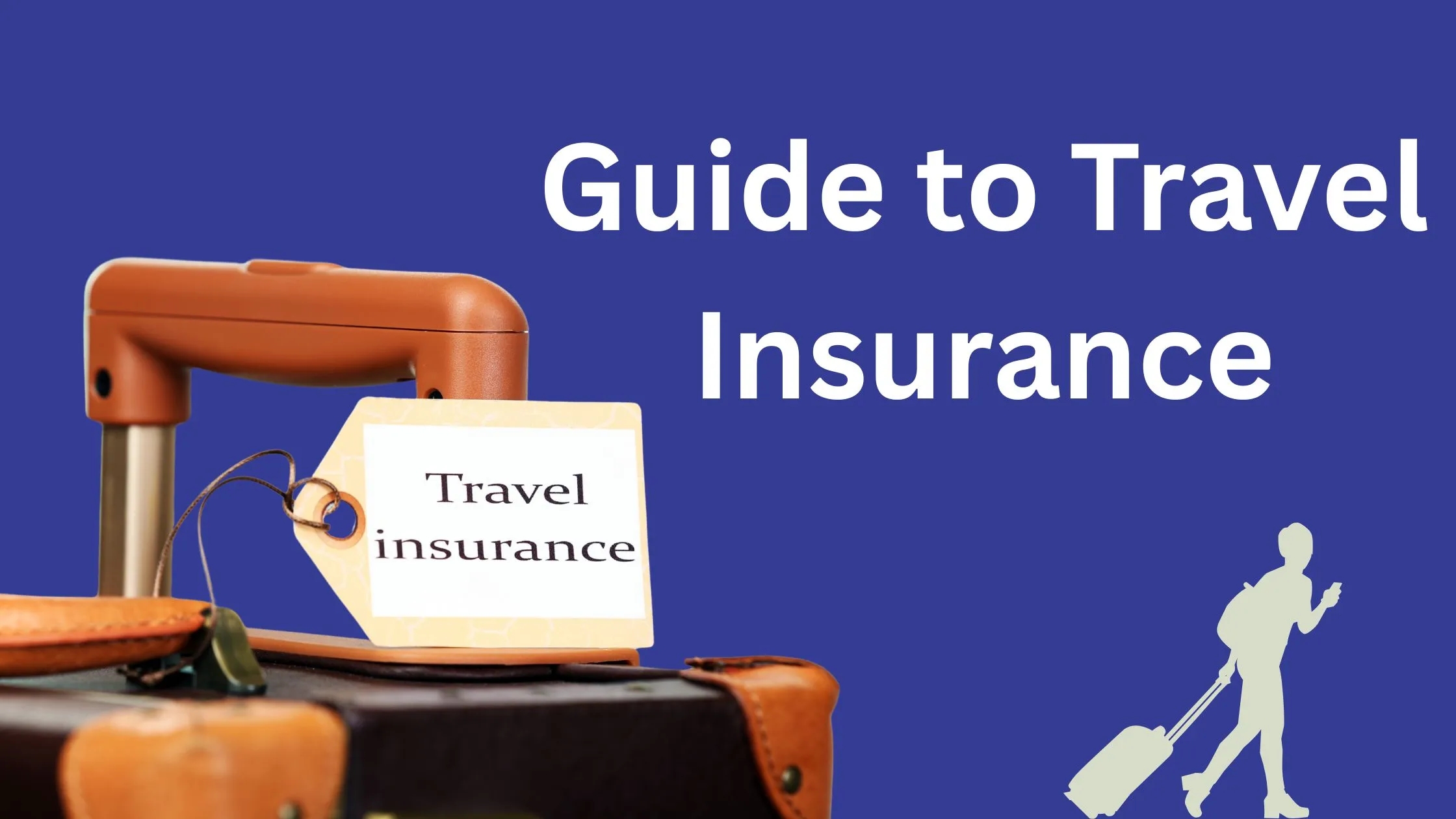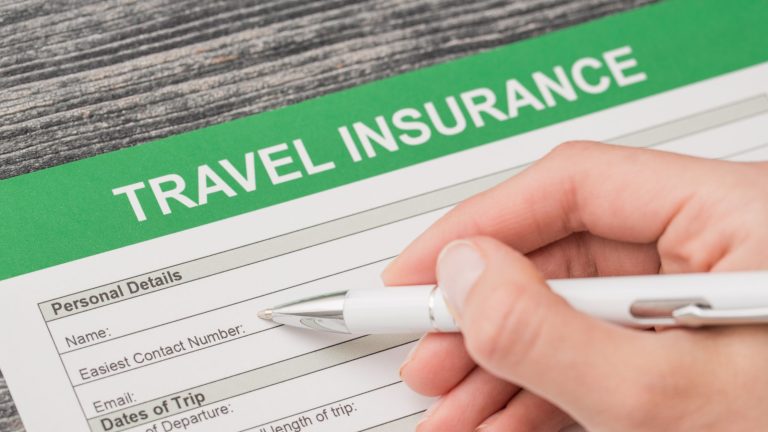Guide to Travel Insurance: Everything You Need to Know
Travel Insurance
Traveling is exciting! Whether you’re heading to a sunny beach, exploring a new city, or visiting family far away, the last thing you want is to worry about what could go wrong. That’s where travel insurance comes in—it’s like a safety net for your trip. This guide will walk you through everything you need to know about travel insurance in a way that’s easy to understand. We’ll cover why it’s helpful, what it can do for you, and how to pick the right plan for your needs. Let’s dive in!
Why Should You Get Travel Insurance?
Imagine this: you’re all packed for a big trip, but something unexpected happens—like a canceled flight, a lost bag, or even a medical emergency. These surprises can turn your dream vacation into a stressful mess. Travel insurance is there to help you handle these problems without losing your cool (or your wallet).
Here’s why you might need it:
- Protects your money: If your trip gets canceled or cut short, insurance can help you get your money back.
- Covers emergencies: From doctor visits to hospital stays, it can pay for medical care if you get sick or hurt.
- Gives you peace of mind: Knowing you’re covered lets you enjoy your trip without worrying about “what ifs.”
So, is travel insurance worth it? For most people, the answer is yes. It’s a small price to pay for the security it offers, especially if you’re traveling far from home or spending a lot on your trip.
What Does Travel Insurance Cover?
Travel insurance isn’t just one thing—it’s a package of protections that can help in different situations. Let’s break down the main things it can cover:
1. Trip Cancellations and Interruptions
Life is unpredictable. Maybe you get sick before your trip, or a family emergency comes up. If you have to cancel your plans, travel insurance can help you get back the money you spent on flights, hotels, or tours. Some plans even cover you if your flight gets canceled by the airline, saving you from unexpected costs.
For example, if you’re planning a golf holiday and bad weather forces you to cancel, certain policies might refund your prepaid fees. Just make sure your plan includes coverage for trip cancellations—it’s a lifesaver!
2. Medical Emergencies
Nobody wants to think about getting sick or hurt on vacation, but it happens. If you need a doctor or even a hospital while traveling, medical coverage in your insurance plan can pay for those bills. This is super important if you’re traveling internationally, where your regular health insurance might not work.
For instance, if you’re visiting Europe and need a plan that meets the requirements for a Schengen visa, look for one with strong medical coverage. Some plans even offer cashless options, meaning you don’t have to pay upfront for treatment—the insurance company handles it directly with the hospital.
3. Lost or Delayed Luggage
Airlines sometimes lose bags or send them to the wrong place. If your luggage goes missing, travel insurance can help you replace essentials like clothes or toiletries. It can also cover costs if your bags are delayed for a long time, so you’re not stuck without your stuff.
4. Flight Delays
Flights don’t always go as planned. If your flight is delayed for hours, some insurance plans will cover extra costs like meals or a hotel stay. This can make a frustrating situation a lot less stressful.
5. Other Situations
Depending on your plan, travel insurance might also cover things like:
- Bail assistance: If you get into legal trouble abroad, some policies can help with bail costs.
- Adventure activities: If you’re into skiing, scuba diving, or other fun but risky activities, you can find plans that cover injuries from these.
- Special needs: If you’re an immigrant, a green card holder, or an expatriate, there are tailored plans to meet your unique needs, like health coverage for green card-holding parents visiting the U.S. or insurance for immigrants settling in a new country.
Who Needs Travel Insurance?
Travel insurance isn’t just for one type of traveler—it’s for anyone who wants to stay safe and stress-free. Here are some examples of who might need it:
- Families: If you’re traveling with kids, insurance can cover medical emergencies or trip cancellations if someone gets sick.
- Seniors: Older travelers, like green card-holding parents visiting family, might need extra medical coverage for peace of mind.
- Adventure seekers: Planning a golf holiday or a hiking trip? Look for plans that cover sports or outdoor activities.
- International travelers: If you’re heading abroad, especially to places like Europe that require specific coverage for visas, international travel insurance is a must.
- Expatriates and immigrants: If you’re living in a new country or visiting one temporarily, health insurance for expatriates or visitor insurance can protect you during your stay.
No matter who you are, there’s a plan out there that fits your needs and budget.
How to Choose the Right Travel Insurance Plan
With so many options, picking the right travel insurance can feel overwhelming. Don’t worry—here’s a simple step-by-step guide to help you choose:
Step 1: Know Your Needs
Think about what you need from your insurance. Ask yourself:
- Where am I going? (International trips might need more coverage.)
- What am I doing? (Adventure activities or golf holidays might need special coverage.)
- Who’s traveling? (Families, seniors, or immigrants might have unique needs.)
- How long is my trip? (Longer trips might need more comprehensive plans.)
For example, if you’re traveling to California and want the cheapest travel insurance, focus on basic plans that cover emergencies and cancellations. If you’re visiting Europe, make sure your plan meets Schengen visa requirements.
Step 2: Compare Plans
Look at different insurance companies and what they offer. Some things to check:
- Medical coverage: Does it cover doctor visits, hospital stays, or emergencies? Is it cashless for convenience?
- Trip protection: Does it cover cancellations, delays, or lost luggage?
- Extra benefits: Are there add-ons for things like adventure sports or bail assistance?
- Cost: Can you find a plan that fits your budget? Look for the cheapest travel insurance that still meets your needs.
Step 3: Read the Fine Print
Before you buy, read the policy details carefully. Make sure you understand:
- What’s covered (and what’s not).
- How to file a claim if something goes wrong.
- Any limits, like how much they’ll pay for medical bills or cancellations.
If you’re not sure, ask the insurance company to explain it in simple terms. You don’t want surprises later!
Step 4: Buy Early
Don’t wait until the last minute to get insurance. Buy it as soon as you book your trip to get the most protection. Some plans even offer extra benefits if you buy early, like coverage for pre-existing medical conditions.
Tips for Saving Money on Travel Insurance
Travel insurance doesn’t have to break the bank. Here are some ways to keep costs down:
- Shop around: Compare prices from different companies to find the cheapest travel insurance that still covers what you need.
- Skip extras you don’t need: If you’re not doing adventure sports, you don’t need coverage for them.
- Look for group plans: If you’re traveling with family or friends, group policies can be cheaper.
- Check existing coverage: Sometimes your credit card or regular health insurance might already cover parts of your trip, so you don’t need to buy extra.
For example, if you’re in California and looking for budget-friendly options, search for California’s cheapest travel insurance plans that still offer solid medical and cancellation coverage.
Common Mistakes to Avoid
Travel insurance is great, but only if you use it right. Here are some mistakes to watch out for:
- Not reading the policy: If you don’t know what’s covered, you might be caught off guard when you need help.
- Buying too late: Some benefits, like cancellation coverage, only work if you buy early.
- Assuming everything’s covered: Not all plans cover every situation, like pre-existing conditions or risky activities. Double-check before you go.
- Forgetting to keep receipts: If you need to file a claim, you’ll need proof of your expenses, so save those receipts!
How to Use Travel Insurance if Something Goes Wrong
If you need to use your insurance, don’t panic. Here’s what to do:
- Contact your insurance company: Most plans have a 24/7 helpline. Call them as soon as you have a problem.
- Explain the situation: Tell them what happened—whether it’s a medical emergency, a canceled flight, or lost luggage.
- Keep records: Save receipts, medical bills, or any other proof of what happened.
- File a claim: Follow the company’s instructions to submit your claim. They’ll guide you through the process.
If your plan offers cashless travel insurance, you might not have to pay upfront for things like hospital bills—just let the insurance company coordinate with the provider.
Final Thoughts: Travel with Confidence
Travel insurance might not be the most exciting part of planning a trip, but it’s one of the smartest. It’s like having a friend who’s got your back, no matter what happens. Whether you’re exploring a new country, visiting family, or enjoying a golf holiday, the right insurance plan can make your trip worry-free.
So, take a few minutes to find a plan that fits your needs and budget. Whether you’re looking for international travel insurance, visitor insurance for green card holders, or health insurance for expatriates, there’s something out there for you. With travel insurance, you can focus on making memories—not dealing with emergencies.
Safe travels, and enjoy your adventure!






